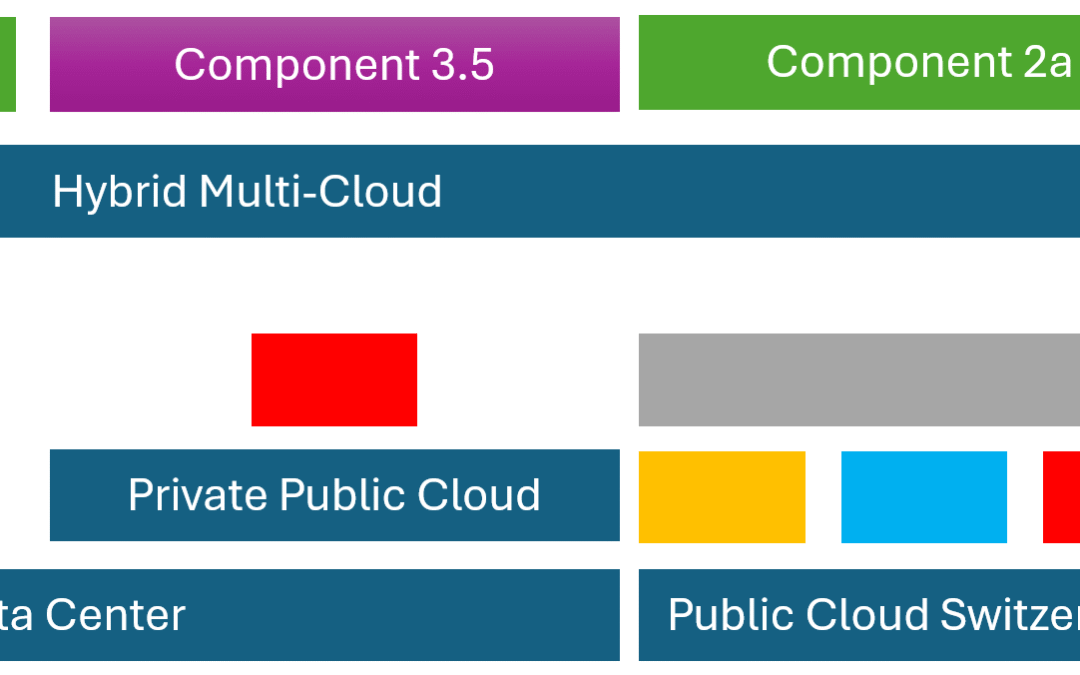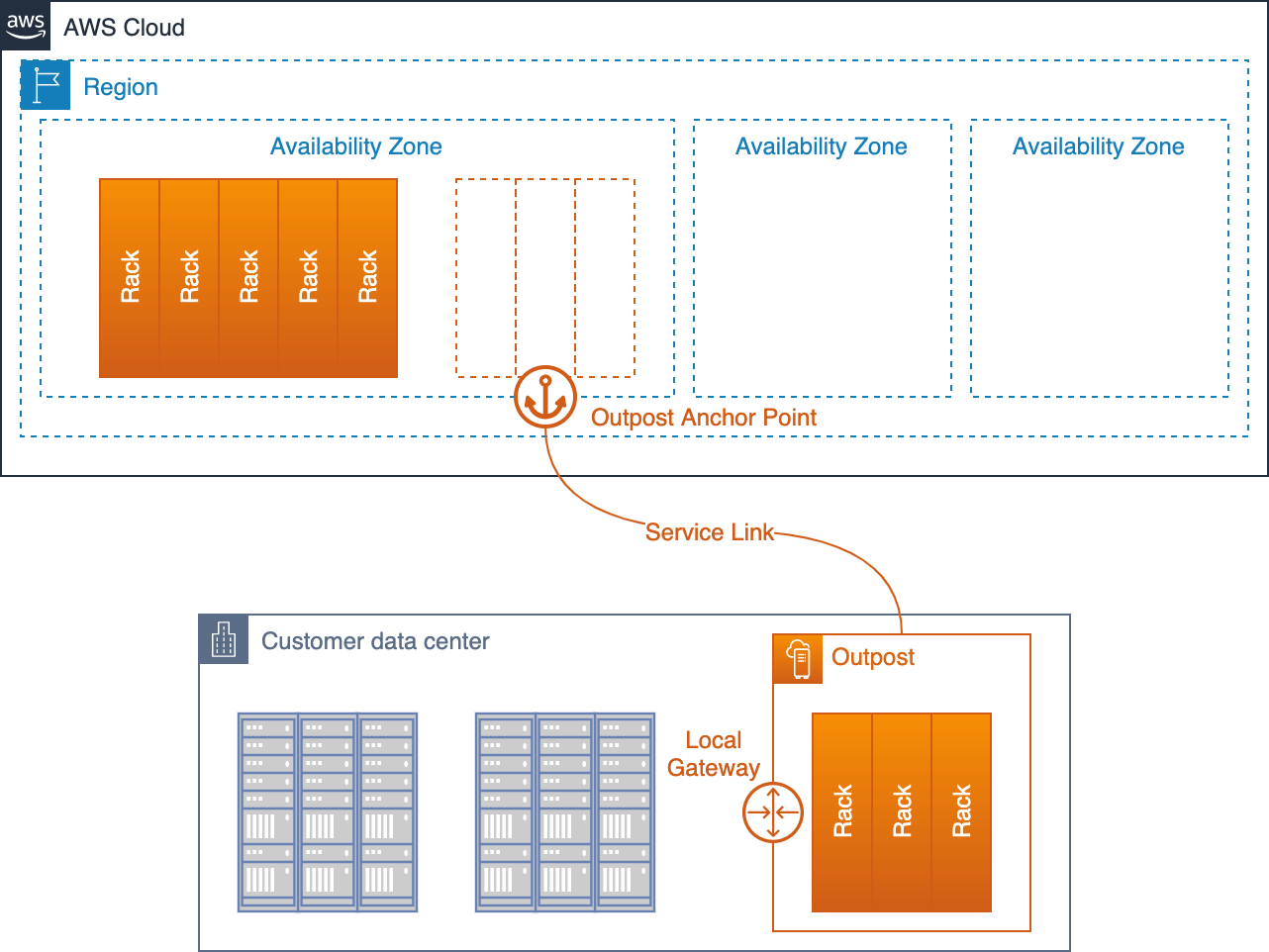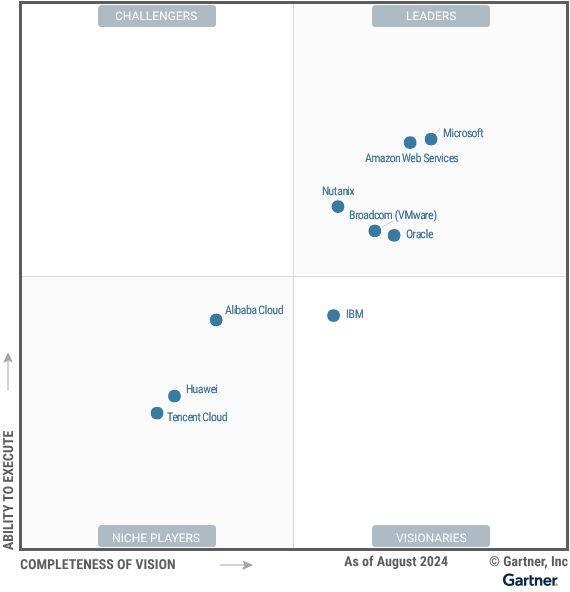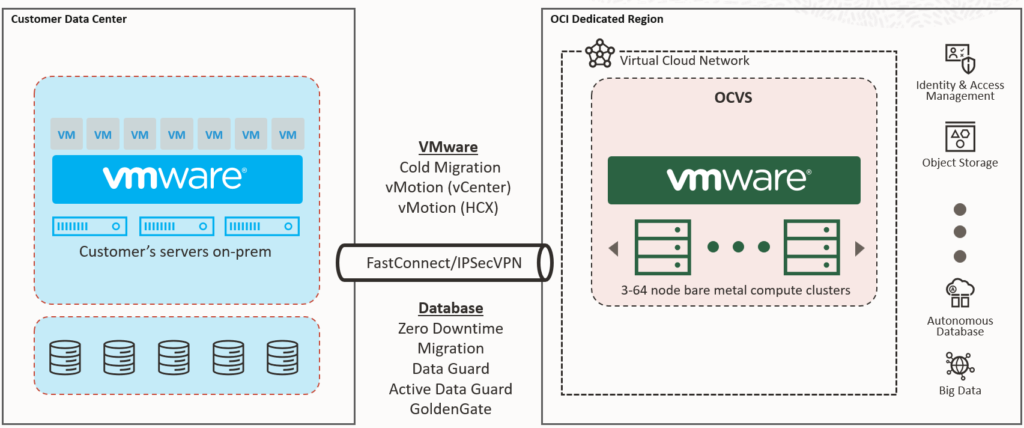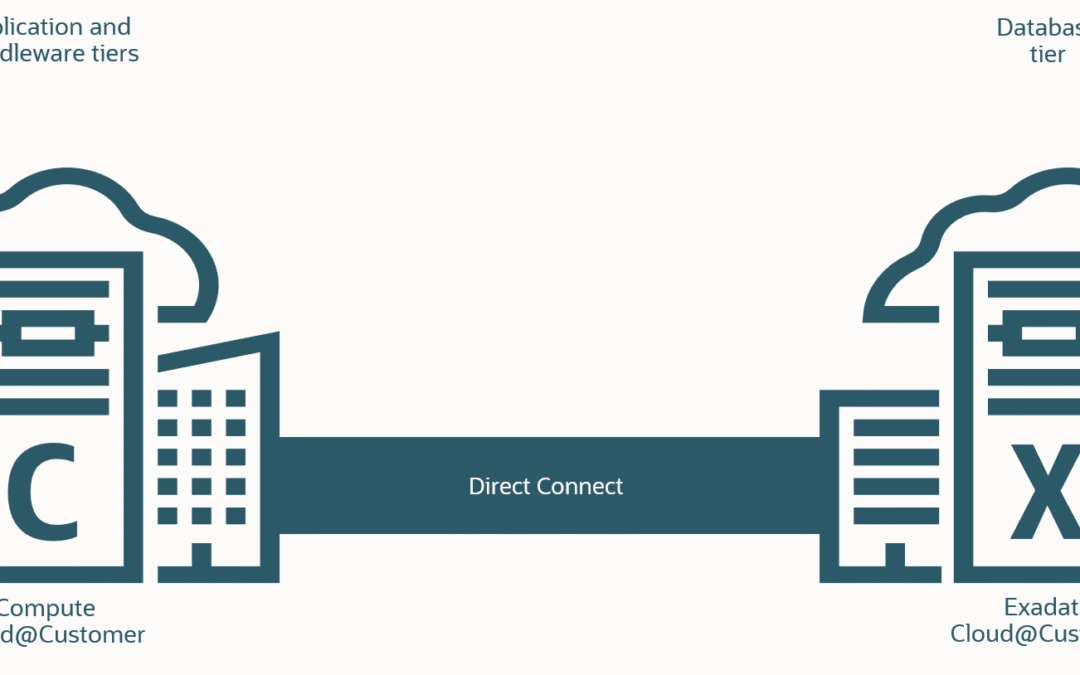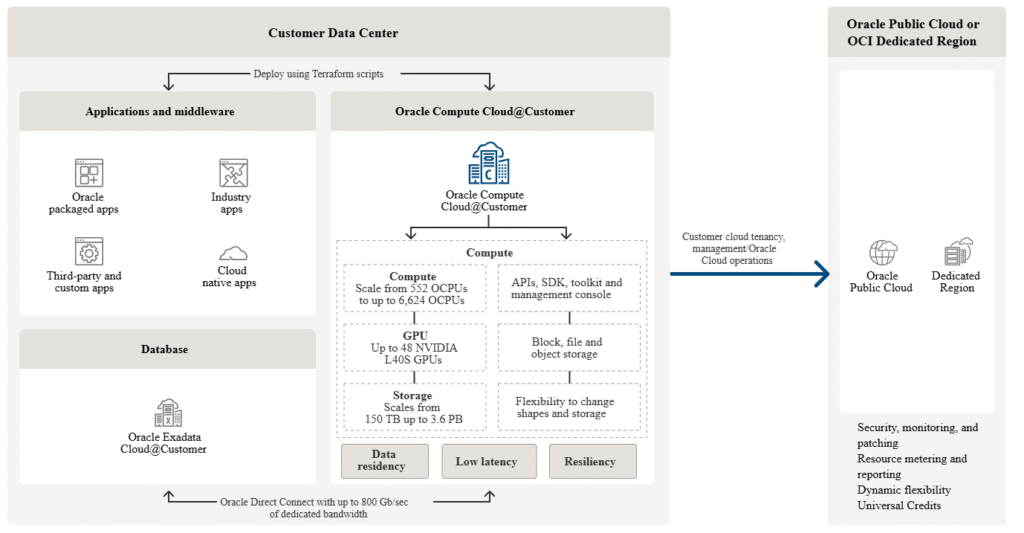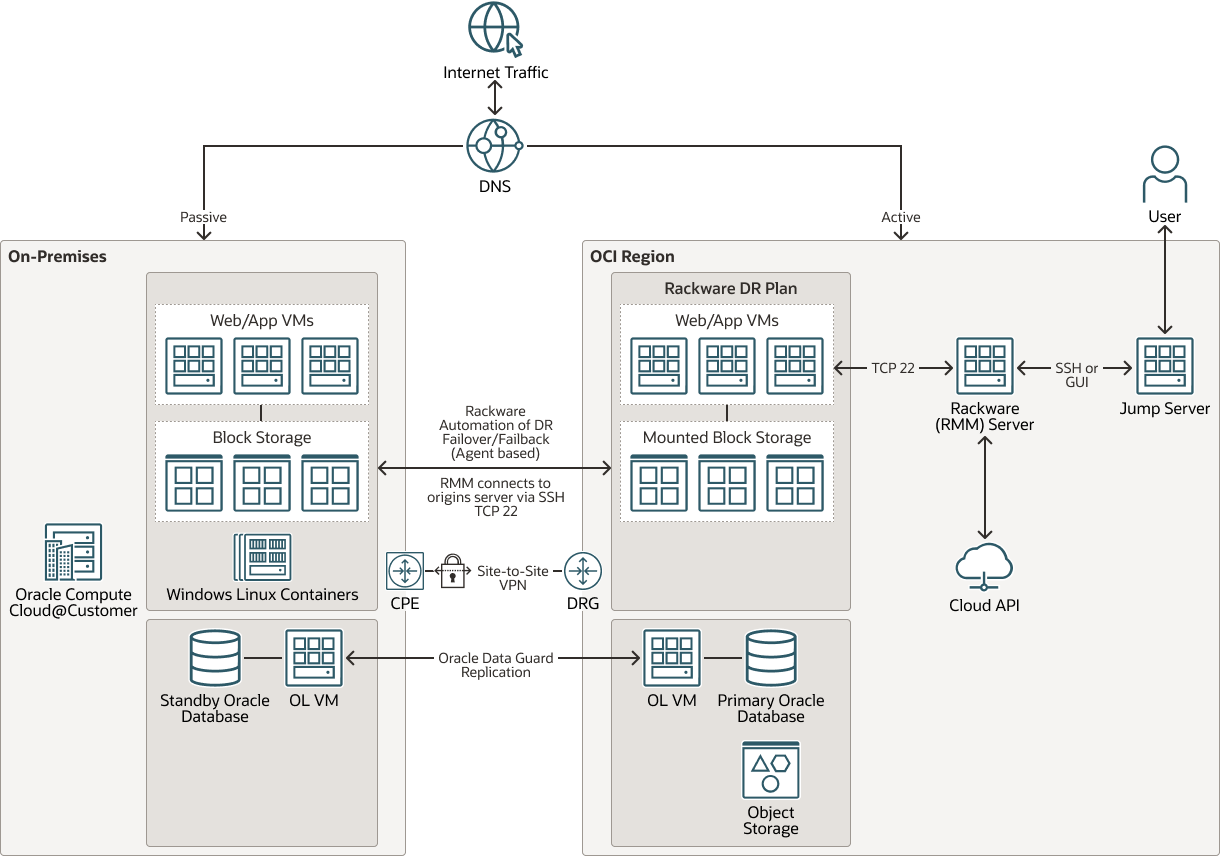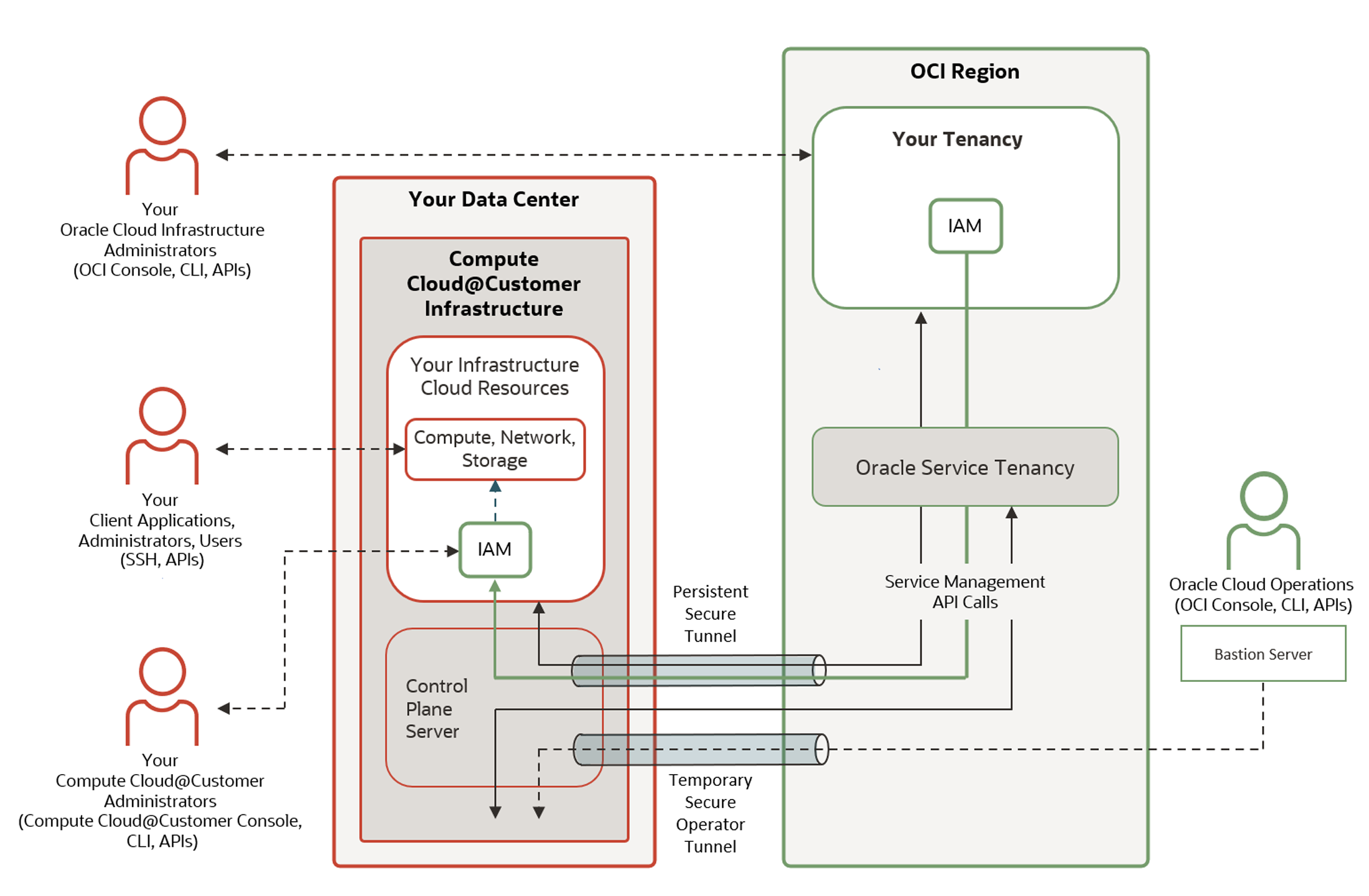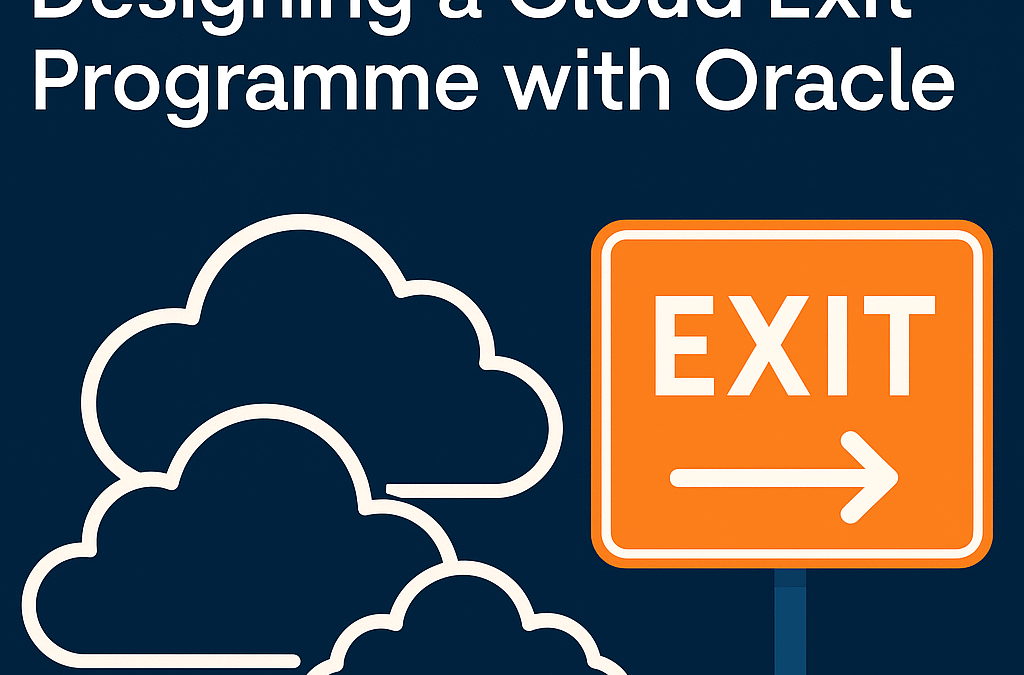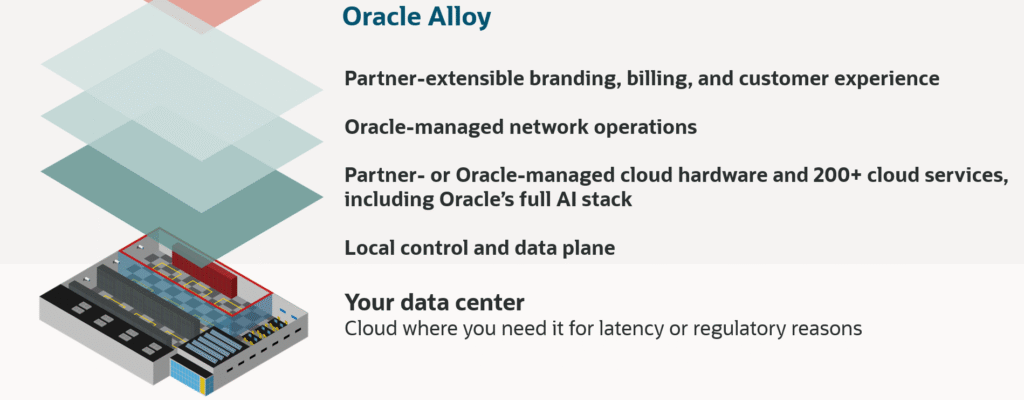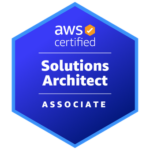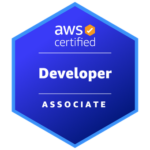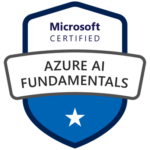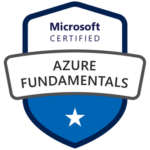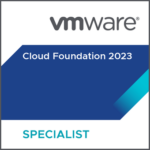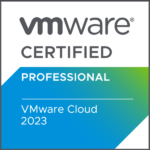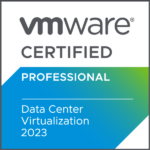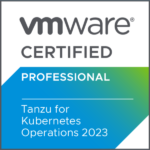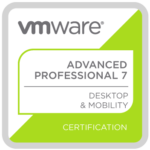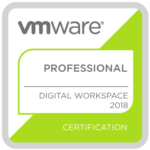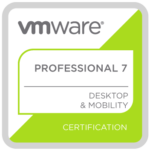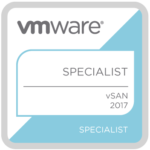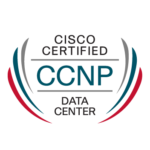
What Is Sovereign Enough for You?
Digital sovereignty has become one of the defining topics for governments, regulators, and organizations that operate with sensitive data. Everyone wants to know how much control they truly have over their cloud environment. But the question that should be asked first is: what is sovereign enough for you? Because sovereignty is not a binary choice. It comes in different layers, with different levels of autonomy, control, and dependencies on global vendors like Oracle.
Oracle has designed its portfolio with exactly this variety in mind. Not every government or regulated organization needs or wants a fully isolated environment. Some are fine with Oracle managing the service end-to-end, while others require absolute control down to operations and staffing. Let’s walk through the different operating models and connectivity dependencies, so you can decide where your needs for sovereignty fit in.
1) Building a Full Sovereign Cloud With Local Personnel
At the very top of the sovereignty spectrum sits the option to build a national or regional sovereign cloud that is completely separated from Oracle’s global public regions (separate realms). These environments are staffed and operated by locally cleared personnel, and the legal entity running the cloud sits within the country or region itself.
Examples today are the UK Government & Defence Cloud and the Oracle EU Sovereign Cloud. Here, sovereignty is not only a technical matter but also an organizational one. Governments get the guarantee that operations, compliance, and support are entirely bound by local regulations and cannot be accessed or influenced from outside.
Full operational autonomy by design. The control plane, the data plane, and the people managing the systems are all local. Oracle provides the technology, but the control and day-to-day operations are delegated to the sovereign entity.
From a policy-maker’s perspective, this is the gold standard. Independence from foreign jurisdictions, complete local control of staff, audits, and processes, and guaranteed resilience even without global connectivity. It comes with the highest costs and commitments, but also the strongest assurance.
2) OCI Dedicated Region
OCI Dedicated Region is a full public cloud region deployed directly into a customer’s data center. It includes all Oracle Cloud services, runs on dedicated infrastructure, and provides the same service catalog as Oracle’s global regions.

From a sovereignty perspective, this model ensures that data never leaves the country if the customer so desires. The region is connected to Oracle’s global backbone (still separate realms), which allows it to remain consistent in updates, operations, and service integration. However, the control plane still depends on Oracle. Updates, patches, and lifecycle management (~15’000 changes per month) are performed by Oracle engineers, who operate under strict contracts and compliance rules.
Examples in practice:
-
Vodafone has deployed six Dedicated Regions across Europe (Ireland, Italy, Germany) to modernize core systems, ensure compliance, and keep data inside the EU while leveraging Oracle’s global innovation cycle.
-
Avaloq, the Swiss banking software leader, runs its own Dedicated Region to provide compliant, modern infrastructure for financial services, combining local control of data with Oracle’s managed operations.
Dedicated Region is often sovereign enough: sensitive workloads stay in-country, under national regulation, while Oracle ensures consistency, security, and ongoing modernization. Operational autonomy is not fully local, but the trade-off is efficiency and scale.
3) Oracle Alloy
Oracle Alloy takes sovereignty one step further by introducing a cloud-as-a-service model for partners. Service providers, system integrators, or governments can license Oracle’s technology stack and operate their own branded cloud. Alloy provides the full OCI service catalog but allows the partner to take over customer relationships, billing, compliance, and front-line operations.

This is highly attractive for countries and organizations that want to build their own cloud business or national platforms without developing hyperscale technology themselves. Still, Alloy maintains a technical tether to Oracle. While the partner gains control over operations and branding, Oracle remains in charge of certain aspects of lifecycle management, support escalation (tier 2 and tier 3 support), and roadmap alignment.
Examples in practice:
-
In Saudi Arabia, telecom leader stc is using Alloy to deliver sovereign cloud services that meet local data residency and regulatory requirements.
-
In Japan, Fujitsu uses Oracle Alloy to provide sovereign cloud and AI capabilities tailored to Japanese compliance needs.
-
In Italy, the Polo Strategico Nazionale (PSN) leverages Alloy as part of its managed public cloud offering to deliver secure and compliant cloud services to public administrations.
Alloy strikes a strong balance: It empowers local ecosystems to run a nationally branded sovereign cloud, keeping control of data and compliance, while Oracle provides the innovation foundation. It is not full independence, but it delivers sovereignty in practice for many use cases.
4) Oracle Compute Cloud@Customer
Oracle Compute Cloud@Customer (C3) is a private cloud appliance that delivers OCI services inside your data center. It is ideal for customers who want cloud elasticity and API compatibility with OCI, but who also need workloads to run locally due to latency, compliance, or data residency requirements.
However, the control plane is still managed by Oracle (in a public OCI region or connected to the EU Sovereign Cloud). This means patching, upgrades, and critical operations are carried out by Oracle teams, even though the infrastructure is located in your facility. Connectivity back to Oracle is also required for normal lifecycle operations.
An additional strength of C3 is its seamless integration with OCI Dedicated Region. Customers can connect their local C3 instances to their Dedicated Region, effectively combining on-premises elasticity with the scale and service catalog of a full cloud region running inside their country. This creates a flexible architecture where workloads can be placed optimally on C3 for local control and performance, or on Dedicated Region for broader cloud capabilities.

This model is a pragmatic compromise. It guarantees data sovereignty by keeping workloads in-country, but governments or regulated organizations don’t need to staff or manage the complexity of lifecycle operations. With the option to connect to a Dedicated Region, C3 also opens the door to a multi-layer sovereign cloud strategy, blending local control with the breadth of a national-scale cloud.
5) Oracle Cloud Isolated Region (OCIR)
Oracle Cloud Isolated Region (OCIR) is a specialized deployment model designed for environments that require enhanced security, autonomy, and in-country governance at national or organizational scale. Like a Dedicated Region, it is a full OCI cloud region deployed on-premises, but it is operated in a more restricted and isolated mode, with minimized dependency on Oracle’s global backbone.
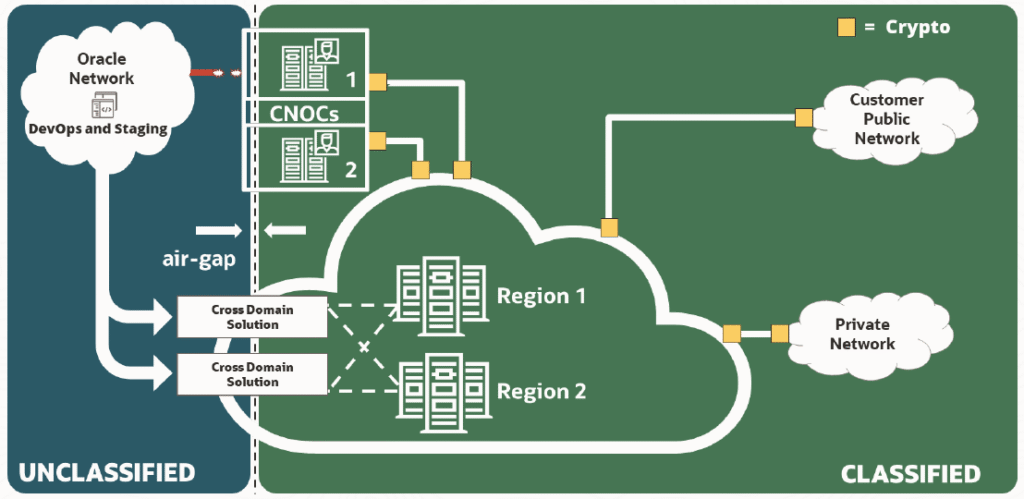
Example in practice: Singapore’s Defence Science and Technology Agency (DSTA) has selected OCIR to support the Ministry of Defence (MINDEF) and the Singapore Armed Forces (SAF). The deployment provides an air-gapped, sovereign cloud with high-performance compute and AI capabilities to strengthen C4 (Command, Control, Communications, and Computers) systems. It ensures secure operations, scalability, and rapid decision-making, all within a fully national framework.
OCIR is particularly suited to government ministries, defense, or intelligence organizations that want a nationally hosted cloud hub with strong autonomy, while still retaining the scalability and service richness of a hyperscale platform.
OCIR represents a strategic anchor, providing a sovereign cloud backbone for an entire country or authority that combines national-scale control with the innovation and reliability of Oracle Cloud.
6) Oracle Compute Cloud@Customer Isolated (C3I)
Oracle Compute Cloud@Customer Isolated (C3I) is the solution for organizations that need the highest degree of operational autonomy without running a full sovereign cloud program.
C3I is deployed into a customer’s data center and runs in an air-gapped configuration. The control plane is hosted locally and does not rely on Oracle’s global backbone. This means the customer or the designated authority is in charge of lifecycle operations, updates, and connectivity policies. Oracle provides the technology stack and ensures that the platform can evolve, but operations and control are fully handed to the customer/partner.
Scenario for defense organizations: Imagine a defense ministry operating an Oracle Cloud Isolated Region (OCIR) as its central sovereign cloud hub. Non-sensitive workloads such as HR, logistics, or training could run on regular C3 instances connected to OCIR’s control plane. At the same time, highly sensitive or tactical workloads, such as battlefield data analysis, mission planning, or classified operations, could be deployed on C3I instances. These isolated instances would be managed by local defense teams in the field, operating autonomously even in disconnected or hostile environments. This dual approach allows governments to combine centralized governance through OCIR with operational independence in mission-critical scenarios.

C3I represents the pinnacle of autonomy: The ability to maintain full local control for sensitive workloads while integrating into a broader sovereign cloud architecture anchored by OCIR.
Where Do You Stand on the Spectrum?
When thinking about sovereignty, it is essential to recognize that not every organization needs the same level of control. For some, a Dedicated Region is already sovereign enough, as it keeps all data within national borders while still benefiting from Oracle’s global expertise. For others, Alloy provides the right balance of local branding, compliance, and ecosystem building. For governments requiring national-scale autonomy, OCIR acts as a sovereign cloud hub. And for those with the most demanding tactical requirements, C3I ensures full local independence.
So the question remains: What is sovereign enough for you? The answer depends on your data sensitivity, regulatory environment, budget and strategic goals. Oracle has built a portfolio that allows you to choose. The challenge is to define your threshold and then pick the model that aligns with it.

